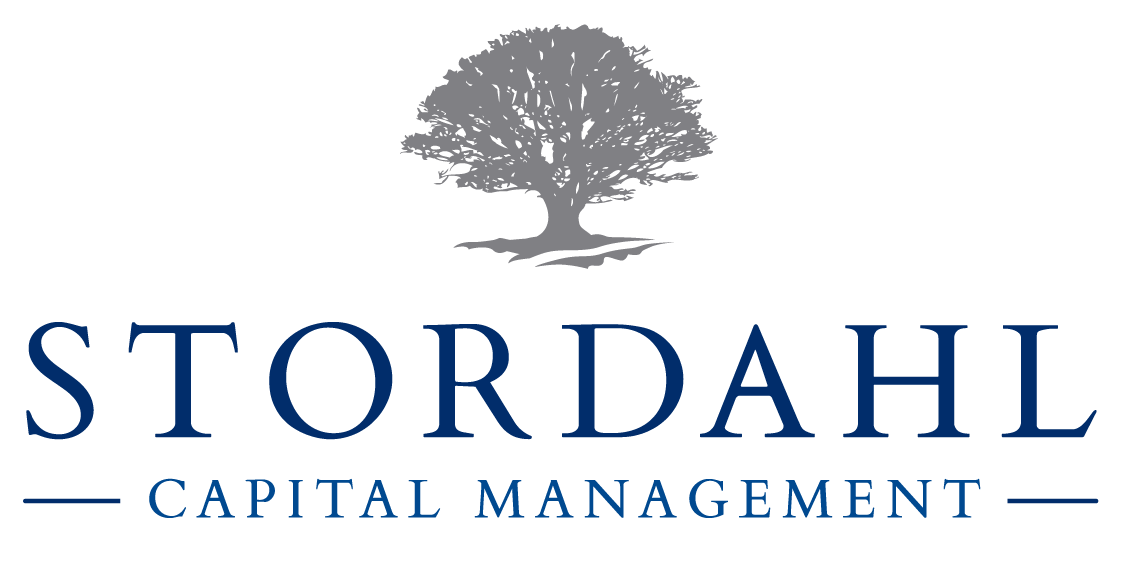How Criminals Use RATs to Hijack Devices
Control of Your Devices
In a world where convenience often trumps caution, Remote Access Tools (RATs) have quietly become both a powerful enabler and a terrifying threat.
While legitimate RATs allow IT professionals and users to control devices remotely for maintenance, support, or telework, they’re also a favorite weapon of cybercriminals. And when misused, they can give attackers full, stealthy control over your computer—without your knowledge.
What Is a RAT?
A Remote Access Tool (RAT) is a type of software that allows one device to be accessed and controlled remotely by another. Features typically include:
Remote desktop control
File access and transfer
Webcam and microphone activation
Keylogging
Command-line access
Software installation and execution
Used ethically, RATs like TeamViewer, AnyDesk, and Microsoft Remote Desktop enable IT support and remote work.
But when used maliciously, RATs become spyware—allowing hackers to operate your system as if they were sitting in front of it.
How Criminals Use RATs to Hijack Devices
Hackers don’t need brute force to steal your data—they can simply trick you into installing a RAT. Here’s how they usually do it:
1. Phishing Emails
You receive a fake invoice or delivery notice with an attachment. Opening it silently installs a RAT in the background.
2. Trojanized Software
A pirated game or cracked application downloaded from a shady website may contain a RAT payload.
3. Fake Tech Support
Scammers pretending to be Microsoft or Apple support convince you to install a “diagnostic” tool—actually a RAT.
Once installed, the attacker gains almost unlimited control. They can:
Watch your screen
Record passwords
Access sensitive files
Activate your webcam and mic
Spread to other systems on your network
All of this happens silently, often without triggering an antivirus if the RAT is custom-made or encrypted.
Warning Signs You May Be Infected
Most RATs are designed to be stealthy, but a few symptoms may give them away:
Sluggish computer performance
Unexplained network activity
Programs opening or closing on their own
New user accounts or disabled antivirus settings
Webcam light turning on randomly
If you notice any of these signs, it's time to take action immediately.
How to Protect Yourself
Be Skeptical of Email Attachments - especially unexpected invoices, PDFs, or Word documents that ask you to enable macros.
Download Software Only from Trusted Sources - avoid torrents, pirated software, or unofficial downloads.
Use Strong Antivirus and EDR Tools - modern security tools often detect RAT behavior even if the software itself is unknown.
Keep Everything Updated - security patches close the holes that RATs often use to slip in.
Limit and Monitor Remote Access - if you must use a RAT for legitimate purposes, enable two-factor authentication, use strong passwords, and log all activity.
Cover Your Webcam - a piece of tape is a simple line of defense against RAT-enabled spying.
Final Thoughts
Remote Access Tools can be useful allies—or dangerous enemies. In the wrong hands, they give cybercriminals a frightening level of power over your digital life. Awareness and caution are your best defenses. By understanding how RATs work and how they’re misused, you can stay a step ahead of the threats.
Don’t give away control of your devices—especially not to criminals.
We offer a complimentary 15-minute call to discuss your questions and concerns.
This material was written in collaboration with artificial intelligence (ChatGPT) and derived from sources believed to be correct.
Stordahl Capital Management, Inc is a Registered Investment Adviser. This commentary is solely for informational purposes and reflects the personal opinions, viewpoints, and analyses of Stordahl Capital Management, Inc. and should not be regarded as a description of advisory services or performance returns of any SCM Clients. The views reflected in the commentary are subject to change at any time without notice. Nothing in this piece constitutes investment advice, performance data or any recommendation that any particular security, portfolio of securities, transaction or investment strategy is suitable for any specific person. Any mention of a particular security and related performance data is not a recommendation to buy or sell that security. Advisory services are only offered to clients or prospective clients where Stordahl Capital Management and its representatives are properly licensed or exempt from licensure. No advice may be rendered by Stordahl Capital Management unless a client service agreement is in place. Stordahl Capital Management, Inc provides links for your convenience to websites produced by other providers or industry-related material. Accessing websites through links directs you away from our website. Stordahl Capital Management is not responsible for errors or omissions in the material on third-party websites and does not necessarily approve of or endorse the information provided. Users who gain access to third-party websites may be subject to the copyright and other restrictions on use imposed by those providers and assume responsibility and risk from the use of those websites. Please note that trading instructions through email, fax, or voicemail will not be taken. Your identity and timely retrieval of instructions cannot be guaranteed. Stordahl Capital Management, Inc. manages its clients’ accounts using a variety of investment techniques and strategies, which are not necessarily discussed in the commentary. Investments in securities involve the risk of loss. Past performance is no guarantee of future results.
